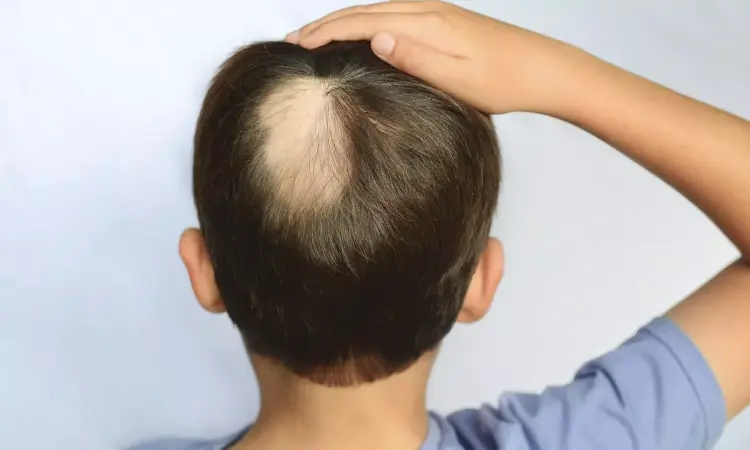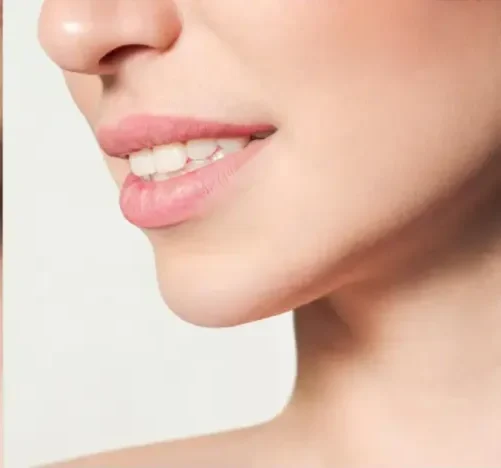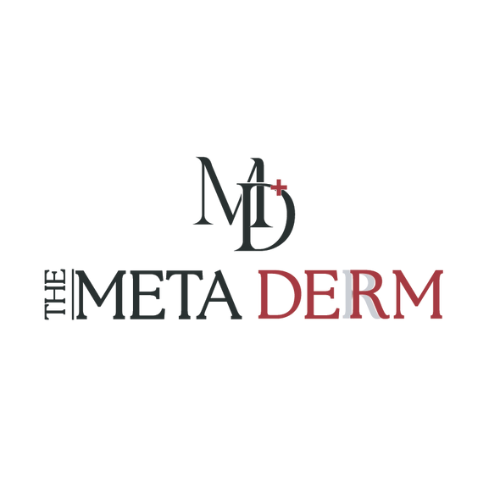Hair Loss In Children
From nutritional gaps to underlying health conditions, childhood hair loss is distressing and challenging. Pediatric dermatologists at MetaDerm are experts in the management of all forms of hair loss. More than 90% of cases show positive hair regrowth outcomes.

Key Highlights: Common hair issues in children include:
- Cradle cap
- Scalp fungal – tinea capitis
- Head lice
- Alopecia areata
Hair Loss In Children at a Glance
- Best Results: Once Dagnosis is Made
- Treatment Duration: Variable
- Result Longevity: Variable
- Return to Daily Activities: Immediate
- Recovery Time: None
- Blood Tests: Required
- Performed By: Dermatologist
- Cost: ₹ (Consultation required)
Our results speak for themselves






At MetaDerm, our pediatric dermatologists are experts in managing all types of hair loss in children. Our doctors are among the most experienced in India in treating alopecia areata. We have successfully assisted thousands of patients in regrowing their hair, even in cases of complete hair loss, such as alopecia totalis.
Frequently Asked Questions
Head lice infestation, also known as pediculosis, is a condition where tiny, wingless insects called lice live on the scalp and feed on human blood. It's highly contagious and spreads through:
- Direct head-to-head contact
- Direct head-to-head contact
- Sharing personal items like combs, brushes, or hats
Treating head lice infestation is crucial because:
- Anemia: Severe infestations can lead to anemia, a condition characterized by low red blood cell count.
- Discomfort and Itching: Lice bites often cause intense itching, which can lead to skin irritation and overall discomfort.
- Social Impact: If left untreated, lice infestations may result in social stigma and embarrassment for children.
Consulting a dermatologist is essential to:
- Confirm the diagnosis
- Suggest the most effective head lice removal shampoo for children.
- Provide guidance on how to prevent future infestations
Early treatment can help prevent complications.
Cradle cap, also known as seborrheic dermatitis, is a common condition in infants that presents as greasy, scaly patches on the scalp. It may also affect other areas, including the face and diaper region.
Yellowish to brown greasy scales form on the heads of infants at 4 to 12 weeks. Severe cases can cover the entire scalp. Over time, this scale becomes flakier and begins to peel off.cradle cap is a non-serious condition that generally doesn’t cause any discomfort. In babies, seborrheic dermatitis may also develop on the face especially around the nose and eyelids and in the diaper area. Most cases tend to clear up naturally by the time the child is 12 to 15 months old.
Cradle cap often resolves naturally without medical treatment. However, we can assist in accelerating the removal of scales with the following methods:
- Shampoos and lotions
- Olive oil combined with beta-hydroxy acids
- Wet soaks
- Topical anti-inflammatory and antifungal treatments
- Hair loss conditions are commonly encountered in children and teenagers. Our pediatric dermatologists are highly skilled in addressing all types of hair disorders, ranging from common concerns to rare genetic conditions.
- Cradle cap, a type of dermatitis, is often seen in infants and typically responds well to anti-inflammatory creams and moisturizers.
- Tinea capitis, a fungal infection of the scalp, can be difficult to diagnose due to the variety of fungi involved. A skin scraping or hair sample may be helpful in identifying the infection.
- Head lice are common but often overlooked. Our team is skilled in managing lice infestations without the need to shave the hair.
- Alopecia areata is also quite common and typically presents as a small patch of baldness on the scalp. While most cases are localized, complete hair loss can occur. Dr. Esh is one of the most experienced dermatologists in Australia in treating this complex form of hair loss.
- Trichotillomania is often seen in children. Though it is usually self-limiting, our dermatologists can provide strategies for managing the condition.
Tinea capitis refers to a condition commonly known as scalp fungus.. It can be caused by a number of fungi from animals such as cats, cattle, pigs, and horses. Children are at the highest risk of the condition, as it most prevalently affects children aged between four to eight.
Antifungal medications are prescribed to manage scalp fungal infections.. Tablets provide a much better clearance compared to creams and lotions. The course of treatment ranges from 4 to 8 weeks. If a kerion is present and has become infected and swollen, a dermatologist may also prescribe further medicines to alleviate pain and reduce the inflammation.
Alopecia areata is an autoimmune disorder in which the body’s immune system targets hair follicles, leading to hair loss. This condition causes sudden, round, non-scarring patches of hair loss, which can occur not only on the scalp but also on areas such as the beard, eyelashes, eyebrows, and other parts of the body.
Dry scalp in children is often mistaken for dandruff. It is important to seek advice from a dermatologist for an accurate diagnosis. What appears to be a minor case of dandruff could actually be a sign of an underlying condition.such as:
- Pharmaceutical eczema
- Contact dermatitis
- Seborrheic dermatitis
- Psoriasis
A pediatric dermatologist can:
- Provide an accurate diagnosis
- Recommend personalized treatment plans
- Suggest medicated shampoos or moisturizing shampoos
- Advice on proper scalp care and hygiene
- Avoid misdiagnosis and ineffective treatment.

